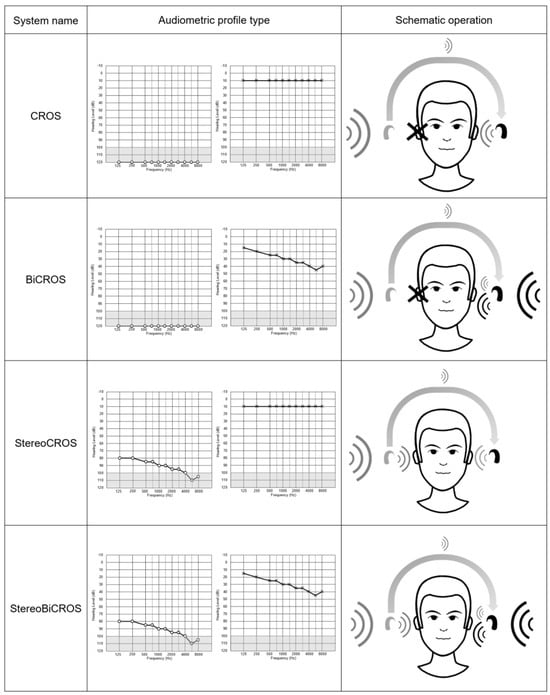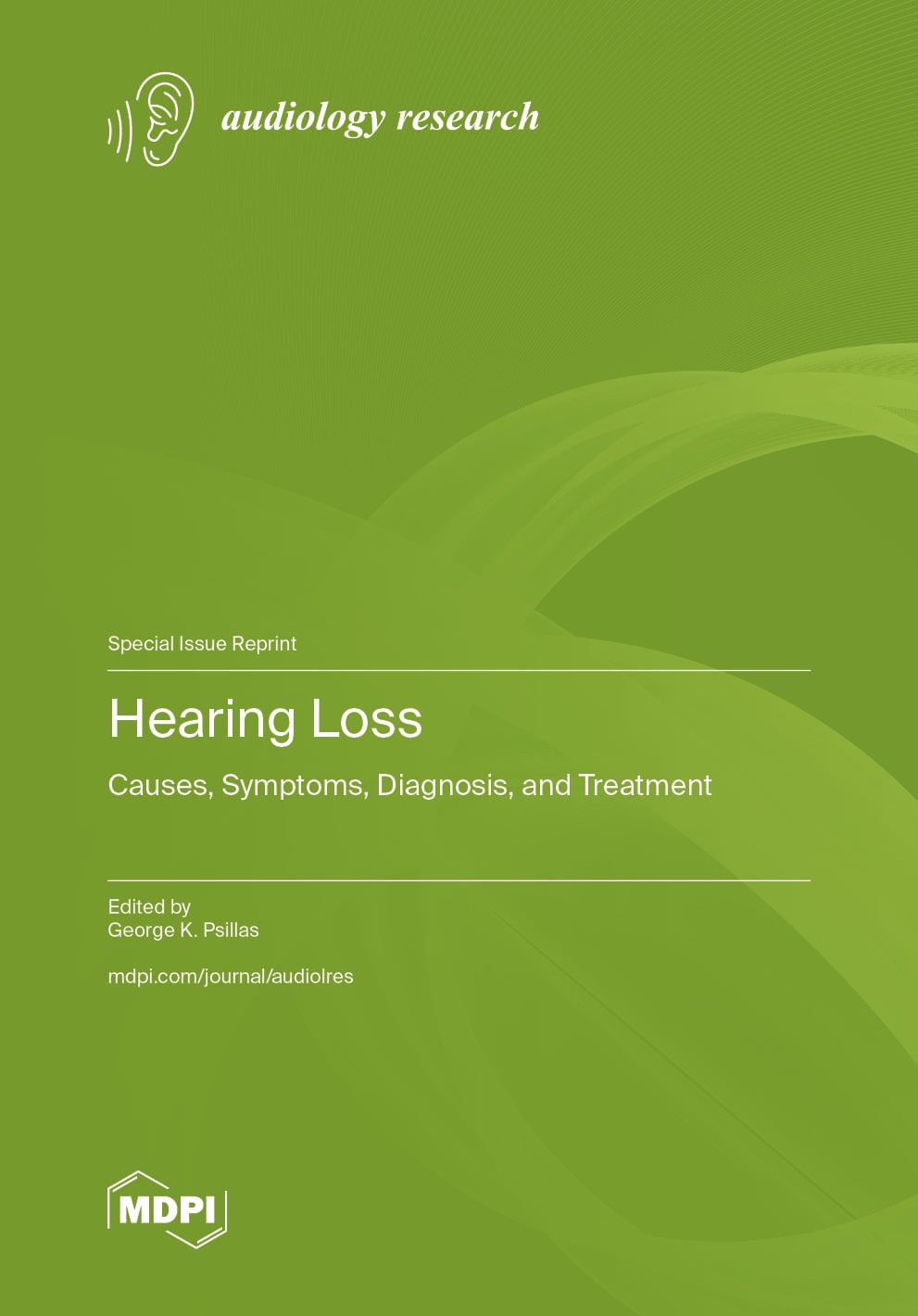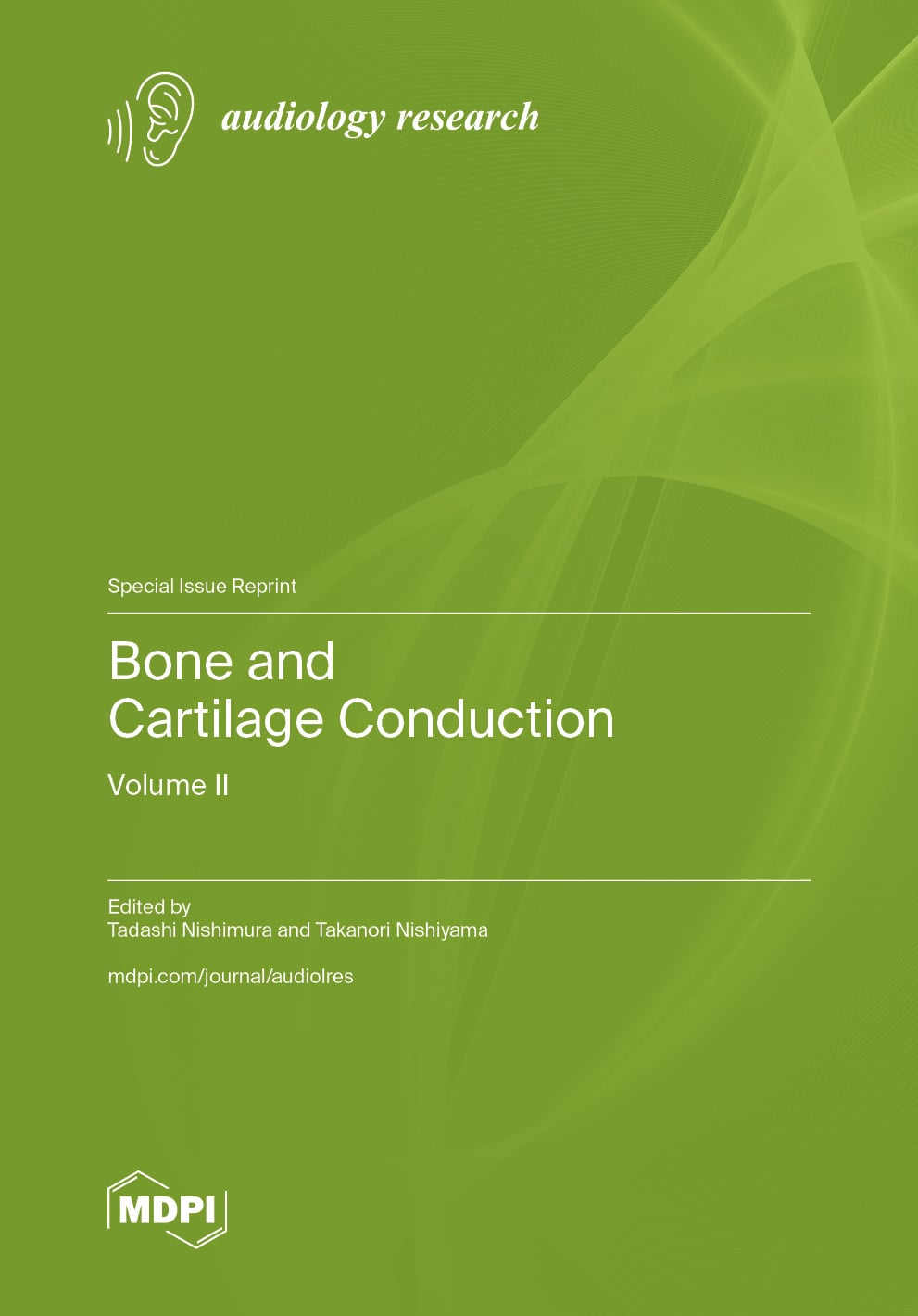- Systematic Review
Functional Near-Infrared Spectroscopy (fNIRS) in Objective Audiometry: A Scoping Review and Clinical Perspectives
- Tomáš Mimra,
- Martin Augustynek and
- Marek Penhaker
- + 1 author
Background: The objective assessment of hearing in non-cooperative populations, such as neonates, remains a challenge. While Brainstem Evoked Response Audiometry (BERA) is the gold standard, its sensitivity to motion artifacts necessitates alternatives. Objective: This scoping review maps the current literature on functional near-infrared spectroscopy (fNIRS) as a supplementary method in objective audiometry. Data Synthesis: fNIRS shows potential to detect cortical hemodynamic responses, particularly to complex stimuli like speech, which BERA cannot fully assess. Key advantages include motion tolerance and suitability for pediatric and cochlear implant populations. However, the literature reveals significant heterogeneity in stimulation protocols and data processing. Evidence suggests fNIRS is better suited for assessing higher-level auditory processing rather than replacing BERA for threshold estimation. Conclusions: fNIRS is a promising complementary tool. However, due to the lack of standardized protocols and large-scale validation studies, it is not yet a direct clinical replacement for BERA. Future work must focus on protocol standardization and establishing robust normative data.
19 December 2025


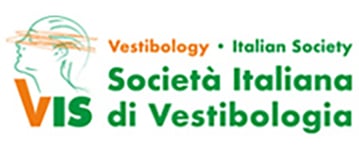
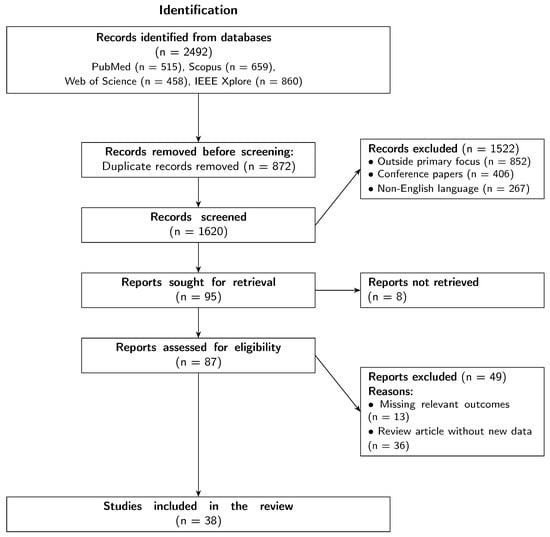
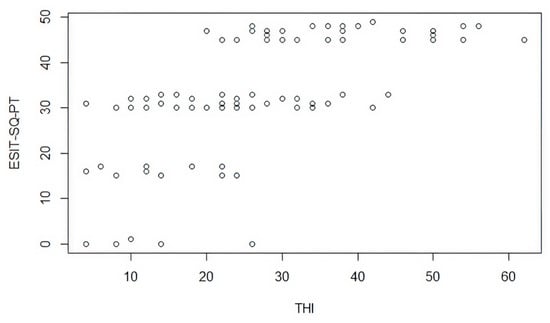
![PRISMA 2020 flow diagram for new systematic reviews, which included searches of databases, registers and other sources [23,24,25,26,27,28,29,30,31,32].](https://mdpi-res.com/audiolres/audiolres-16-00001/article_deploy/html/images/audiolres-16-00001-g001-550.jpg)
